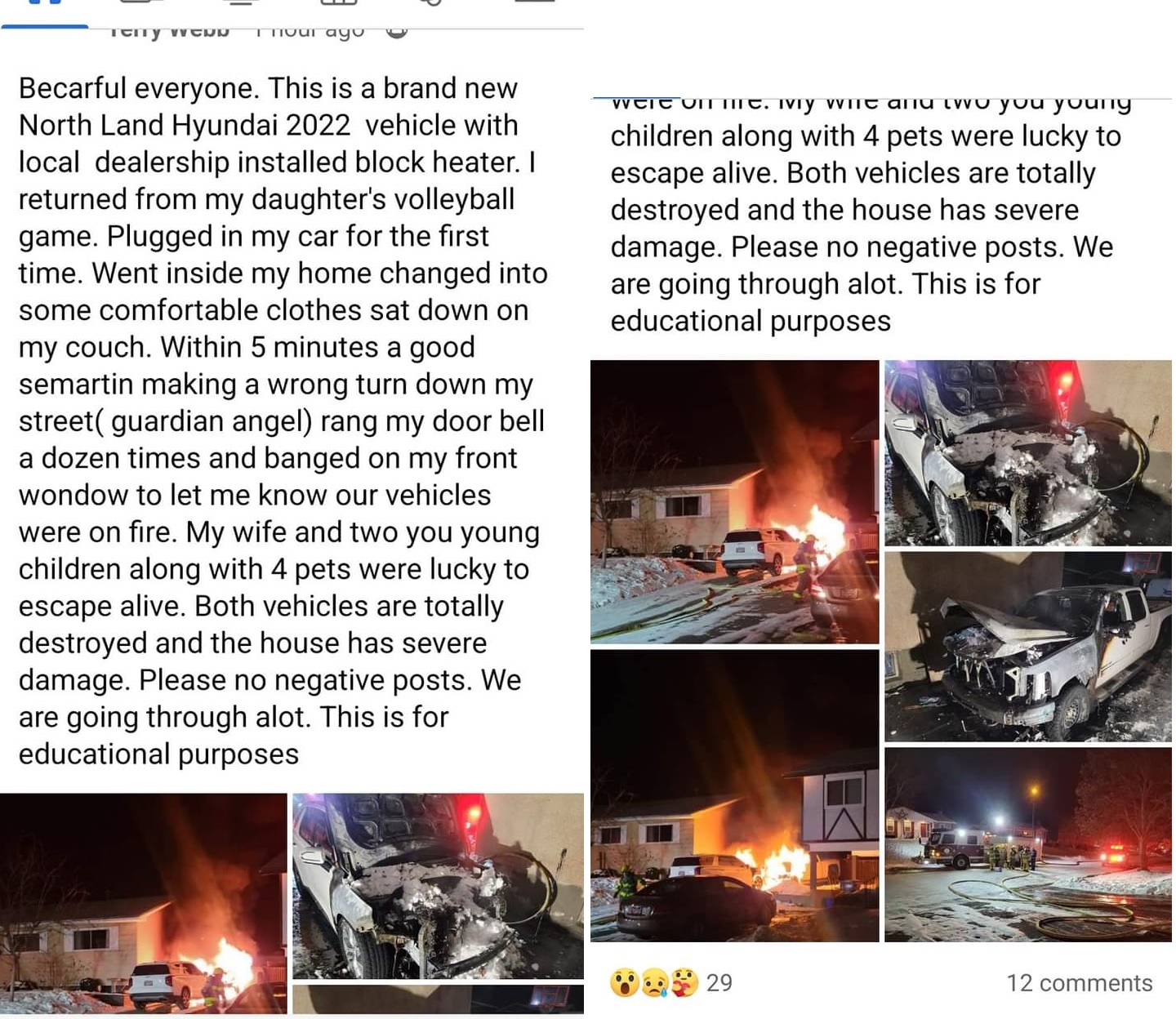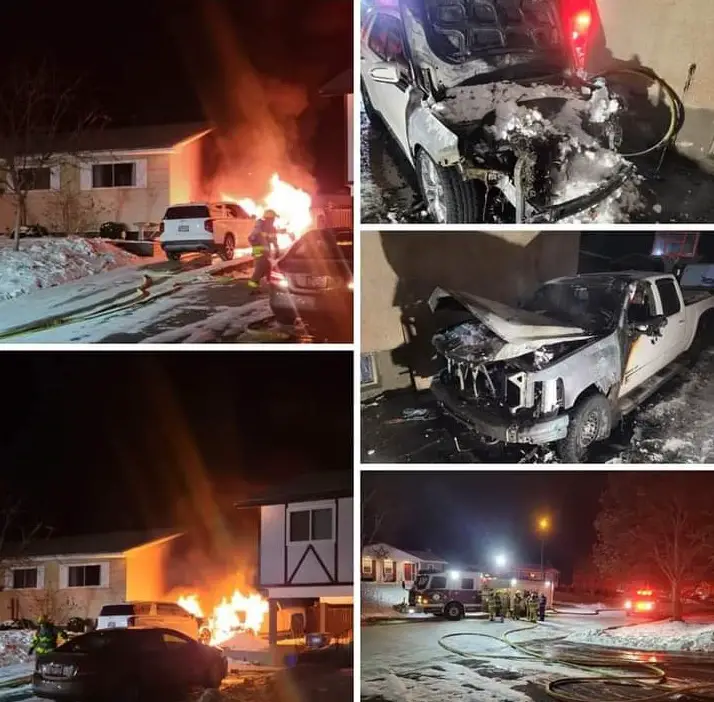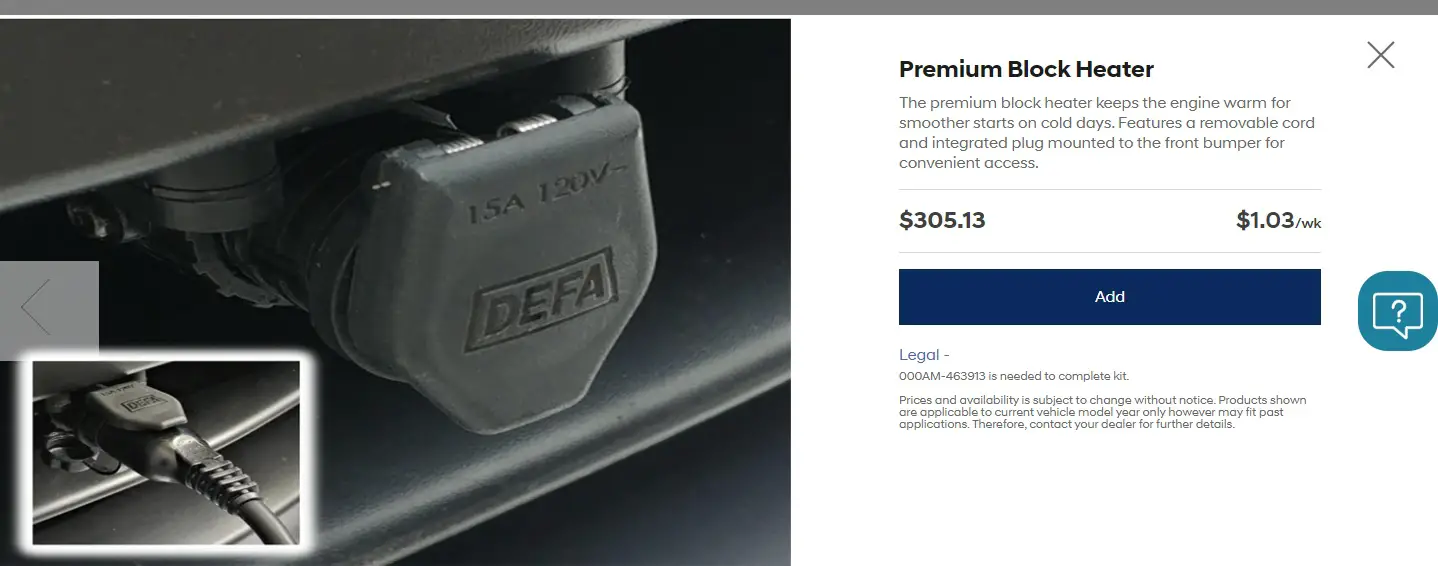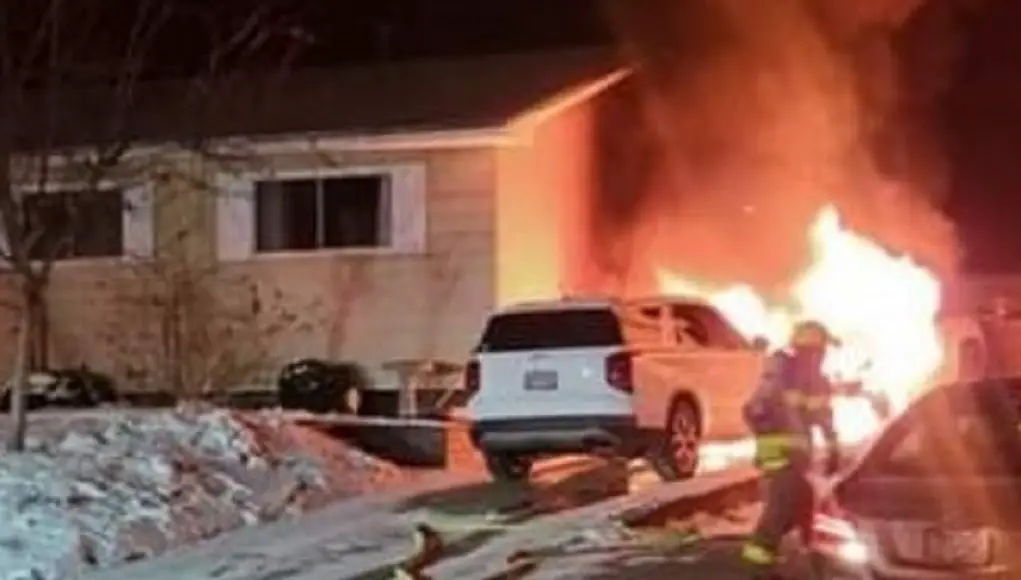The Palisade owner is neither blaming the dealership or Hyundai.
A noteworthy story was posted on the Hyundai Palisade Owners Family Facebook group by Canadian resident and Palisade owner Mel Christina that originated from another Palisade owner also in Canada.
Minutes after this Palisade owner plugged in their block heater, a good Samaritan knocked on their door and warned them their car was now on fire!
Check out screenshots of their post below.


“Be careful everyone,” they start their post comment. “This is a brand new Northland Hyundai, 2022 vehicle with local dealership installed block heater…Plugged in my car for the first time, went inside…within 5 minutes a Good Samaritan rang my doorbell a dozen time and banged on my front window to let me know our vehicles were on fire.”
As the photos show, this Palisade suffered burn patterns that look a lot like the fire originated from the engine bay, a classic burn pattern for block heater fires.
According to Northland Hyundai’s website (and typical with a lot of Canadian dealerships)
“All new vehicles have been protected with block heater of $275 and undercoating of $599.
Although not available on Hyundai Palisade builds in the United States, Premium Block Heaters, like the one shown below, are available as accessories for Hyundais in Canada.

As mentioned, this Palisade owner isn’t placing blame anywhere, nor has her post really confirmed the block heater is the cause of the fire.
Regardless, with the weather starting to dip below freezing and with this alarming post, now’s a good time to inspect the state of your Block Heater.
According to professional engineer and CEP Forensic member Daniel Kabaroff, the most common cause of block heater fires are the connection cords themselves.
You’ll want to inspect the block heater and extension cords for signs of damage or fraying, both sources of block heater fire ignitions.
Experts from VEHQ.com also recommend using a thick, outdoor rated cord that’s at least 16 gauge.
It’s worth noting that, as the gauge number decreases, the thickness increases. A gauge 18 cord, meant for low-voltage lighting (at best,) is not thicker than gauge 16 cord, which is the minimum for block heater extension cords.
Kabaroff goes on to recommend inspecting the block heater element itself as, if it’s become dislodged from its engine block location, it may cause an overheating condition and ultimately a fire.



